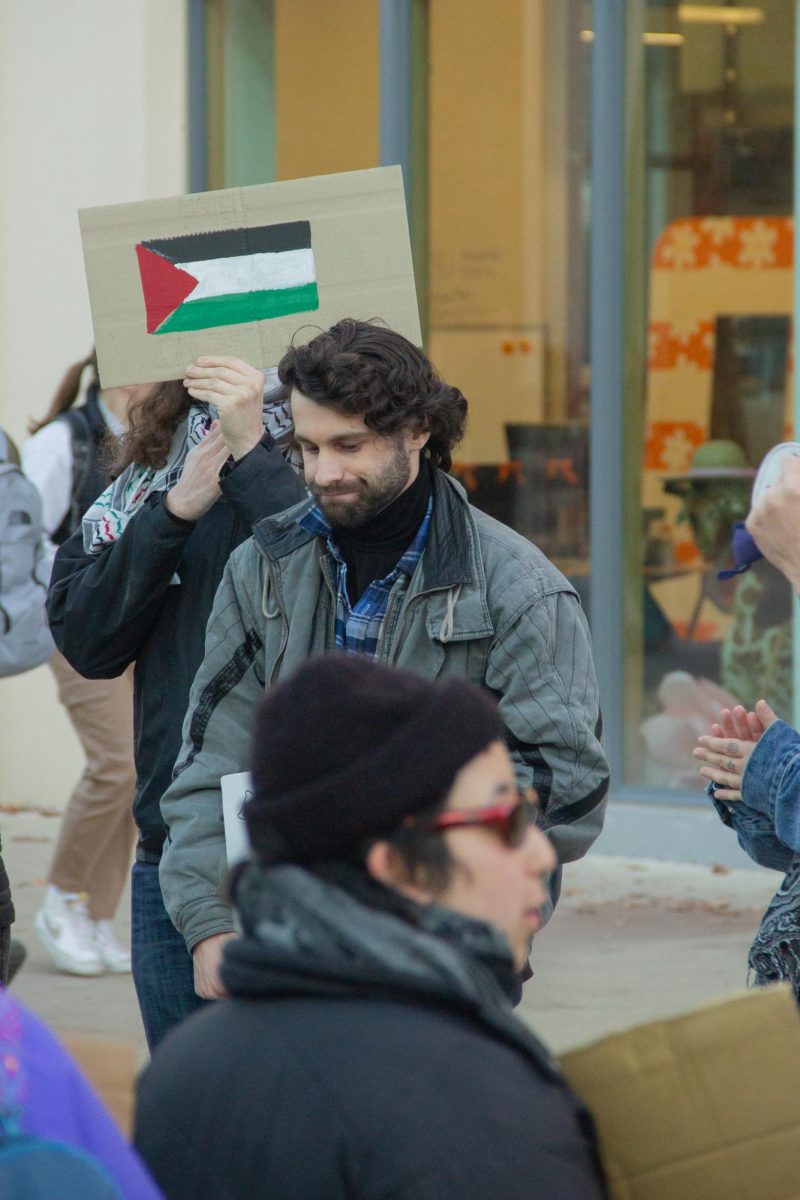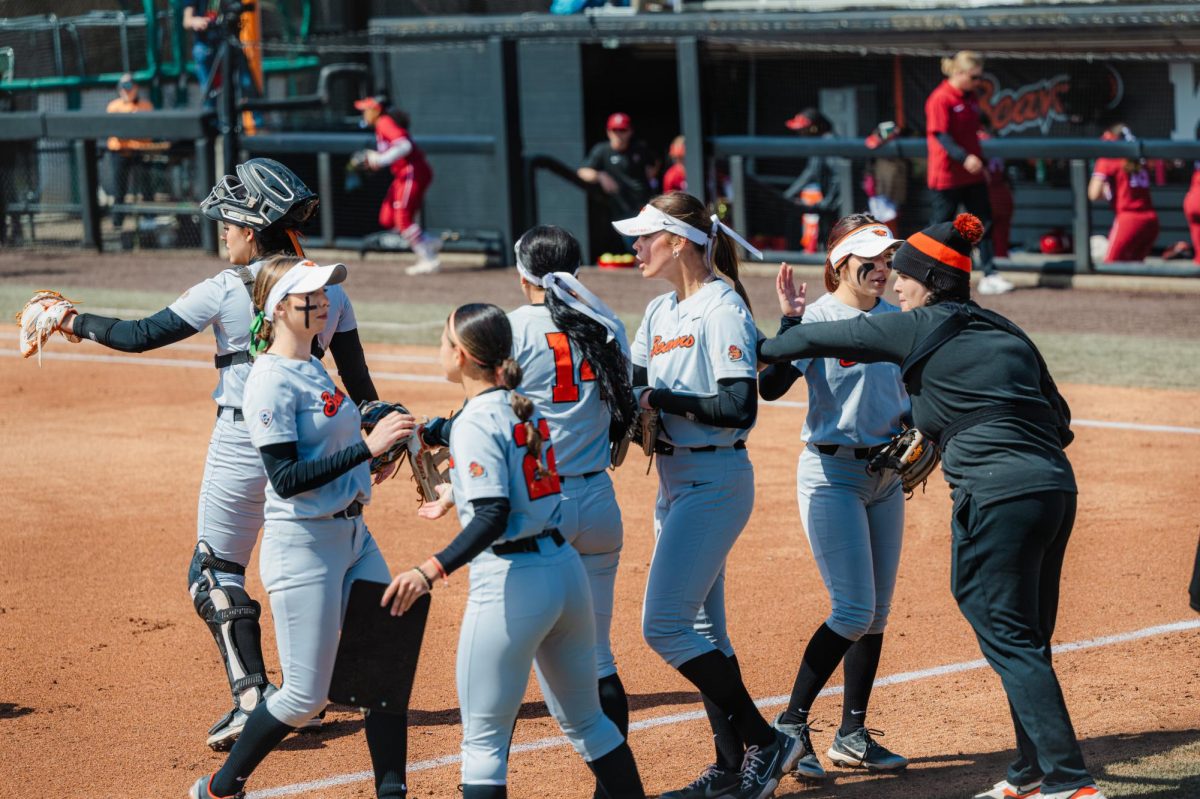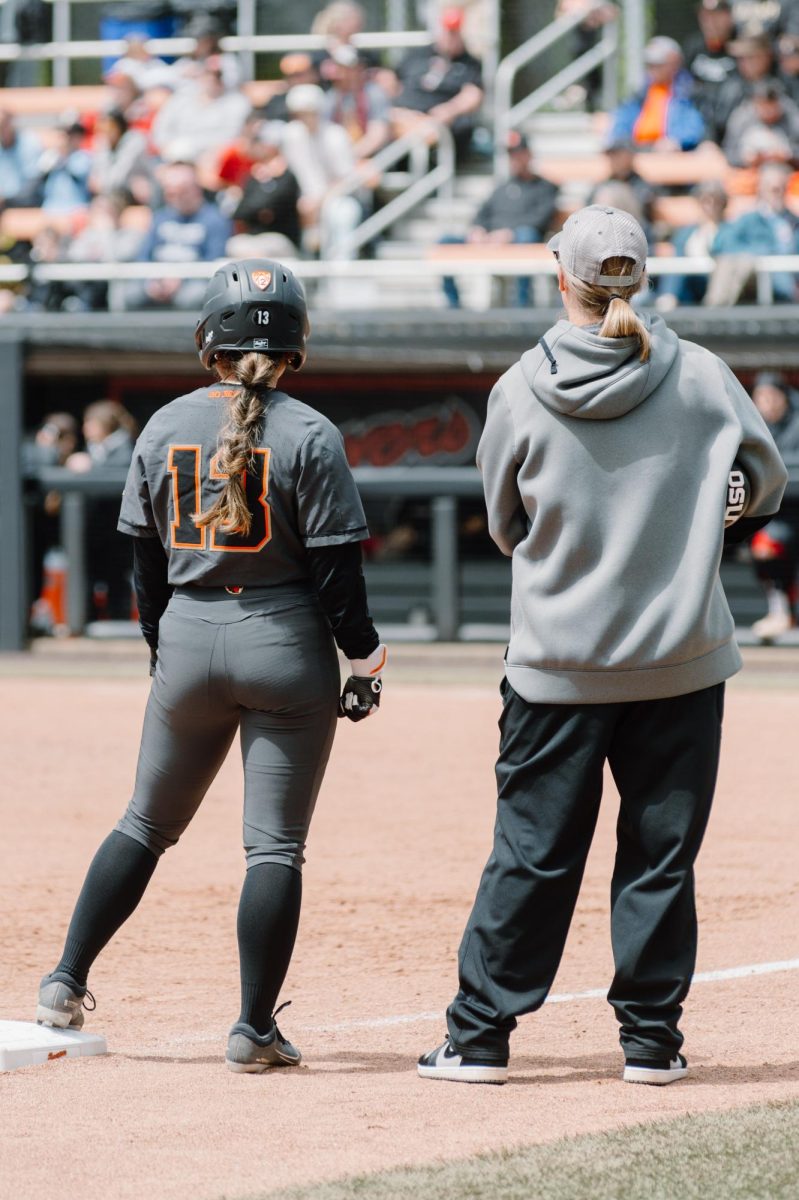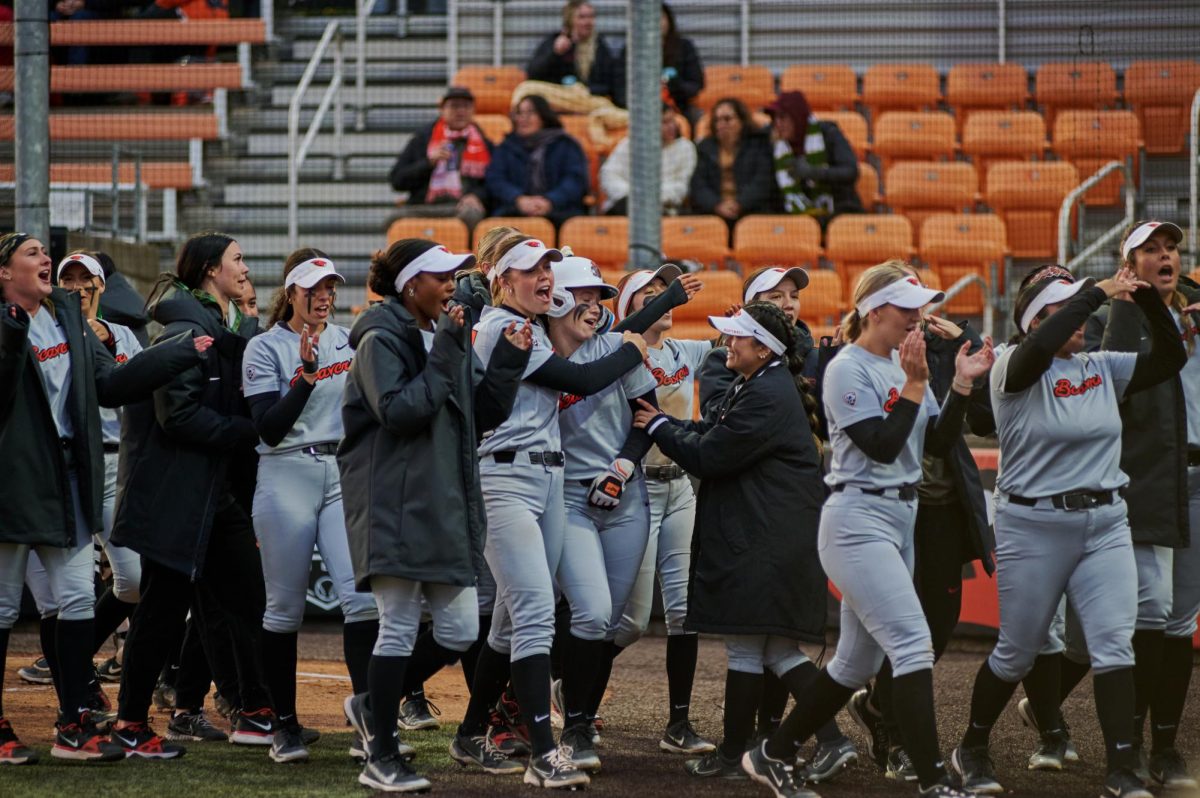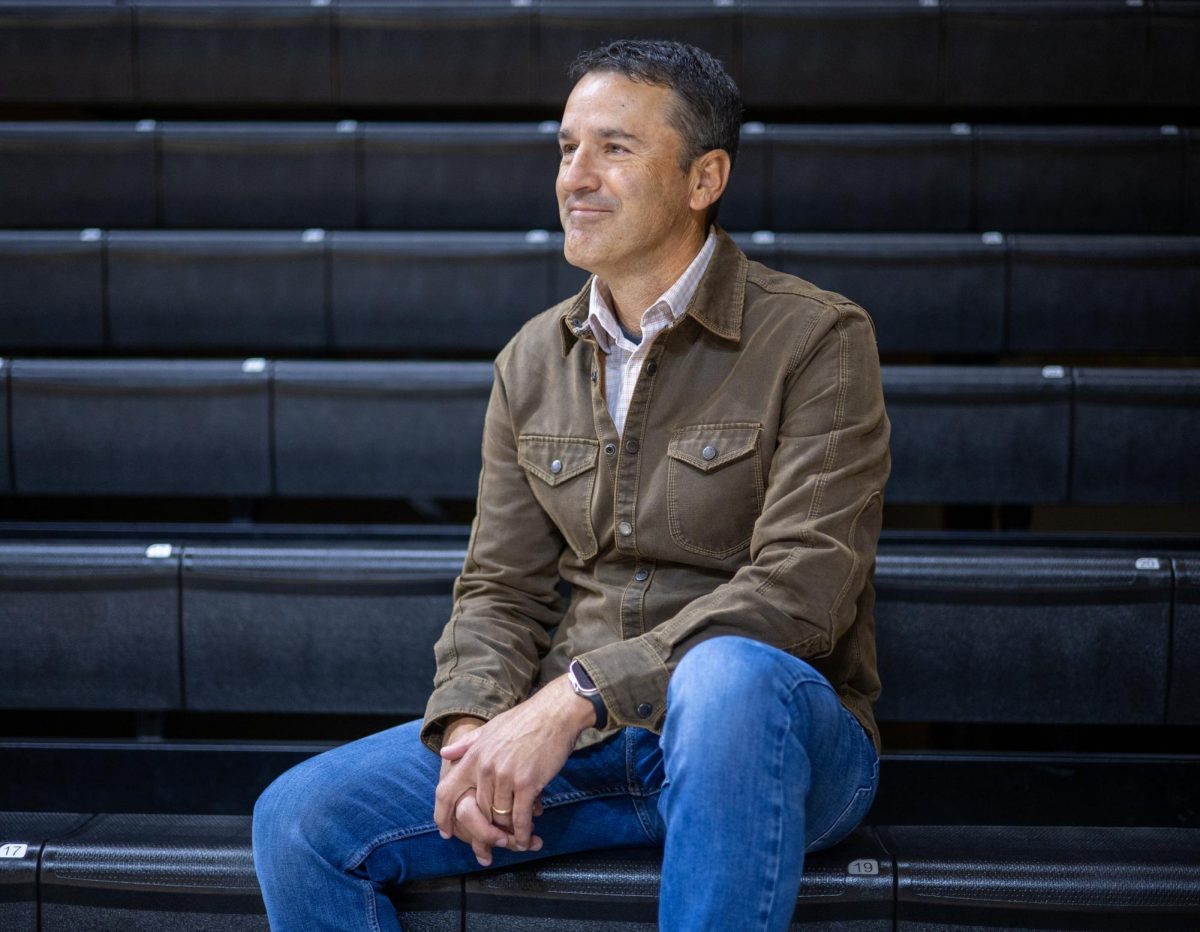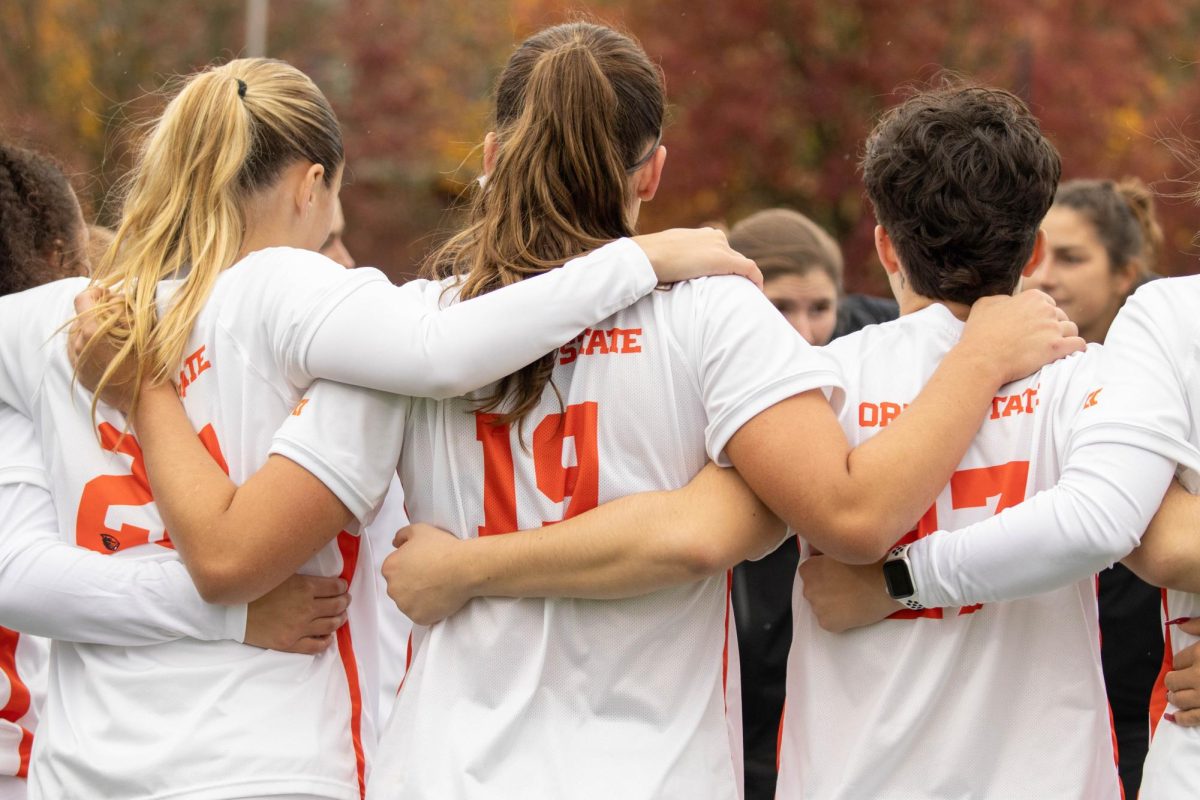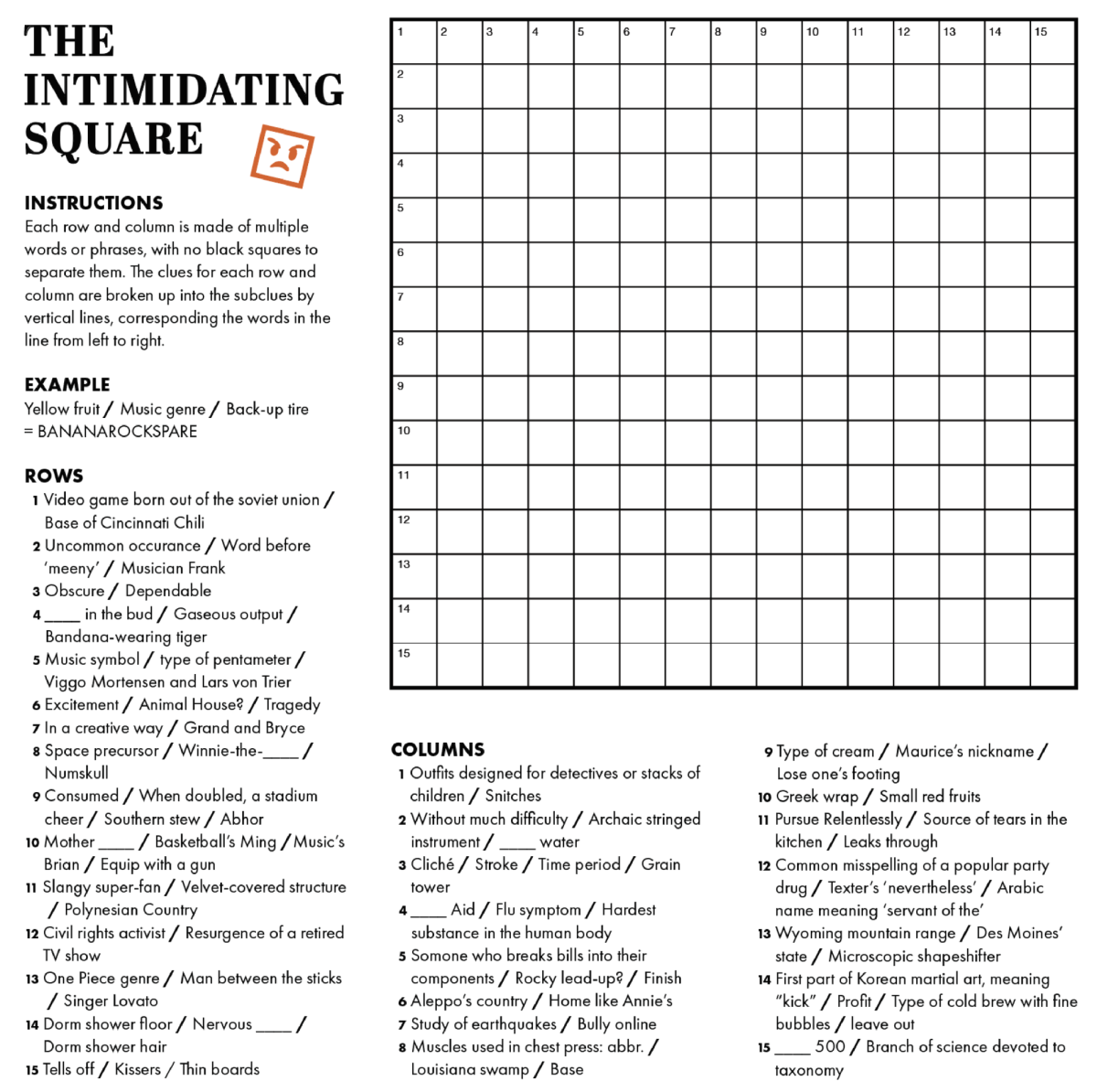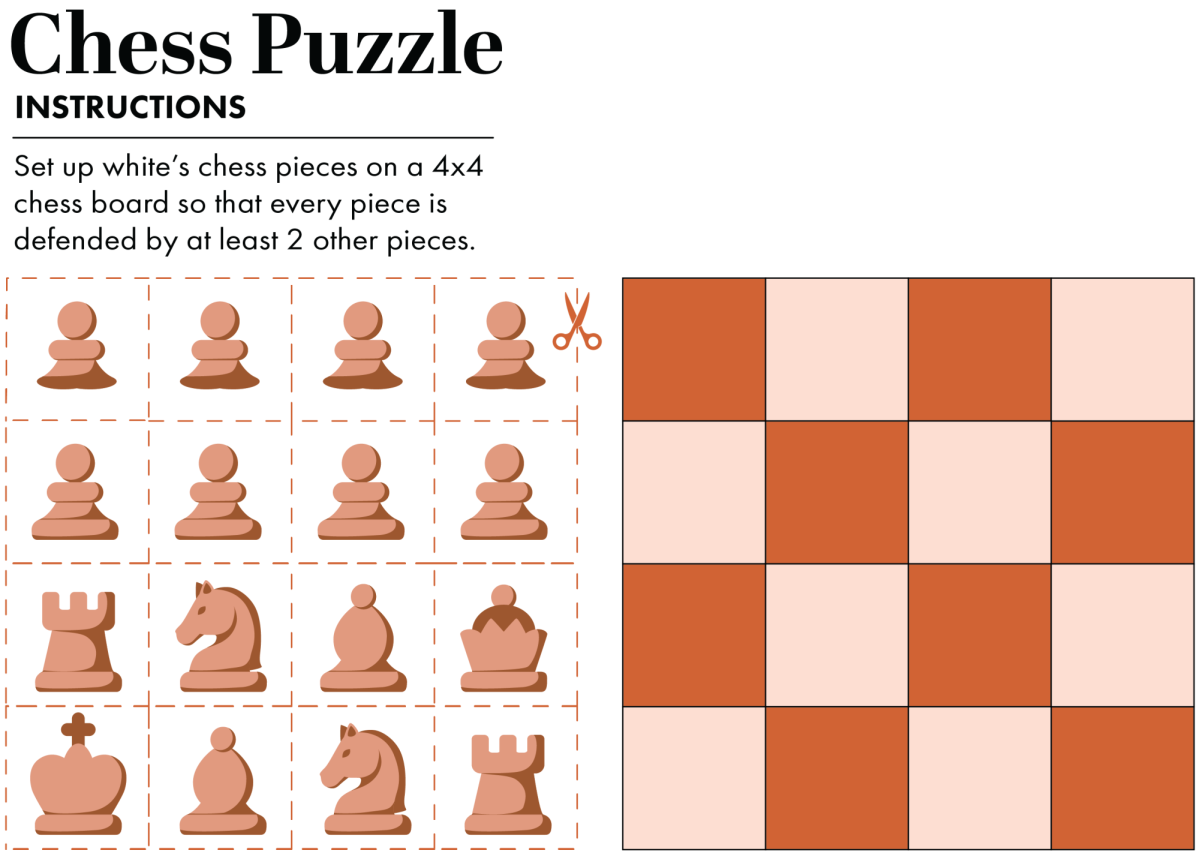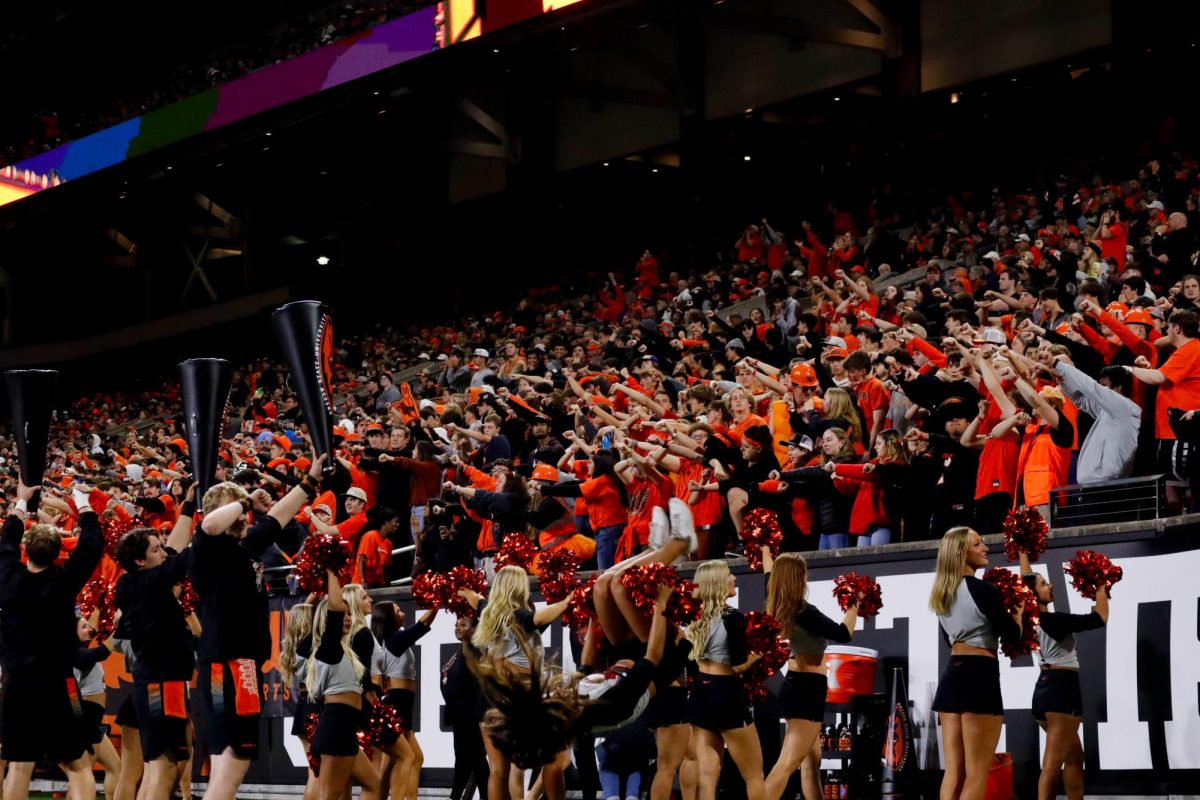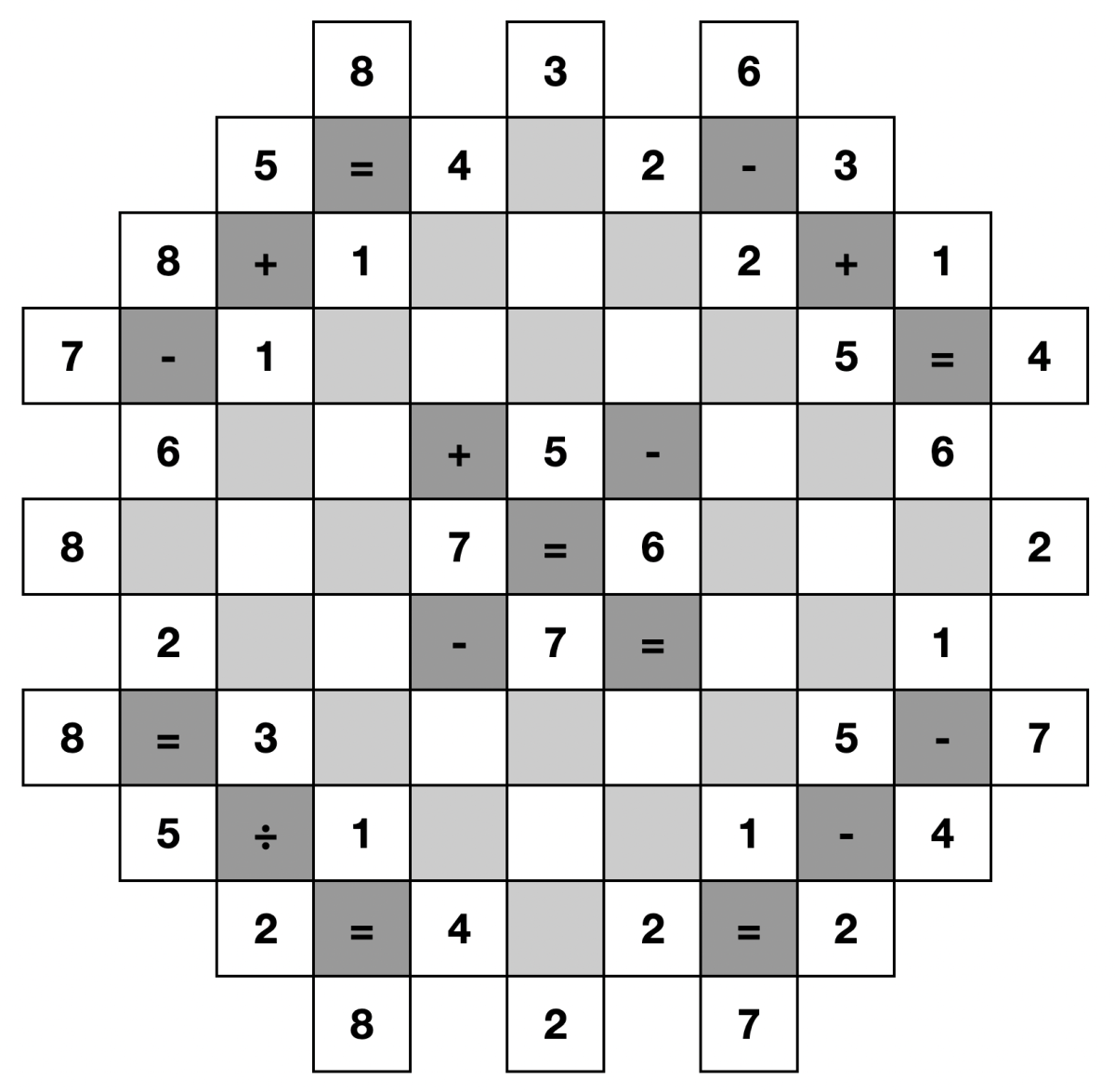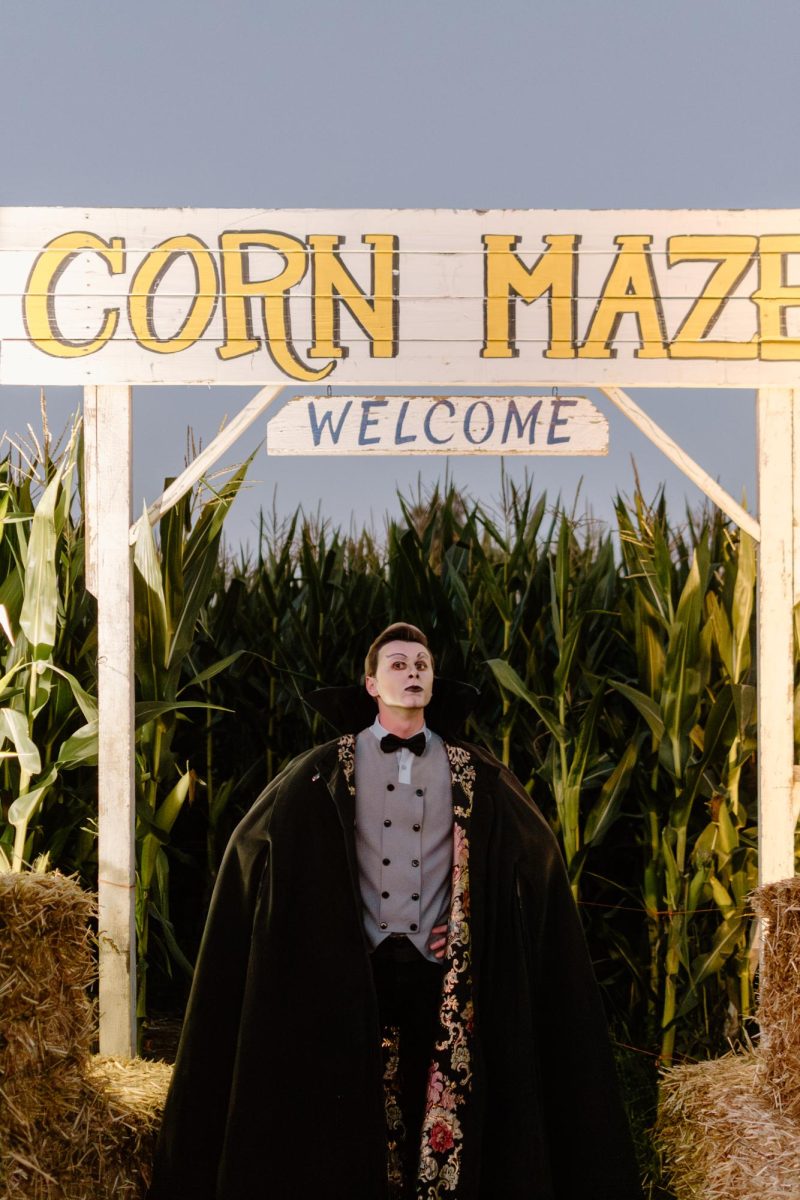With hay rides, pumpkin picking, caramel corn and labyrinthine passages full of spooky surprises, corn mazes are a staple part of the Halloween season for many Americans.
With Oregon State University’s commitment to sustainability in mind during this commercially active time, one might ask what happens to all of the corn from corn mazes after the Halloween season is over.
Is the corn sold? Is it eaten? What happens to the land in transition from winter to summer?
For one thing, the corn used in the fields is not edible, according to Viesia Balint, owner of GreenGable Gardens at 24689 Grange Hall Rd. in Philomath.
“The corn maze is not made out of sweet corn; it’s made out of cow corn, and so it’s not for human consumption,” Balint said.
Far from wasteful, cow corn (also known as seed or field corn) has one very important advantage over its edible counterpart: its stalks are much taller and greener, making for a more impressive corn maze, according to an article from Times Union by Sarah Wolpoff.
So far as what happens to the crop, Balint continued, “we plow it under, because our corn maze is in the same spot every year, so then the crop that we plow under gives us better soil for next year.”
However, the answer varies depending on the farm.
“We’ve researched and tried to find ways to market the corn … but that’s not been successful because of the time of the season,” said Tim Winn, owner of The Melon Shack at 3039 NE Garden Ave. “We do have quite a few livestock people who come in … and will haul the pumpkins out, because they make pretty good feed.”
According to Val from Vince Woods Farm in Salem, the farm does things in a similar fashion.
“Some friends or family of the farmer will head out here and pick some of the leftover squash for their animals,” Val said. “Anything that’s left over, we just plow it under the ground. We usually rotate the field.”
According to the USDA, crop rotation is an important tool for sustainability and a required part of organic farming.
It involves changing the type of crop planted in a field at the transition between each season.
During crop rotation, farmers promote soil biodiversity because each plant has a unique spectrum of photosynthates – sugars made from photosynthesis. The benefits of this include the prevention of diseases and weeds.
“Next year we’ll probably rotate,” Winn said. “It’s been about three years now that the pumpkin patch has been in the place it is. We’ll probably move at least a large degree of the corn maze over where the pumpkin patch is, and put the pumpkin patch on a lot on that corn ground. It’ll be rested for pumpkins, and the pumpkins will do well there.”
“Then, of course, that ground stays unused until we work it next spring,” Winn said. “In this case, we’re probably planting a new corn maze there.”







